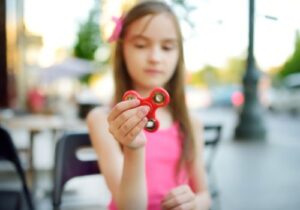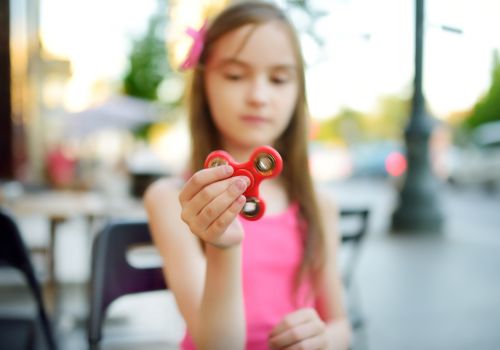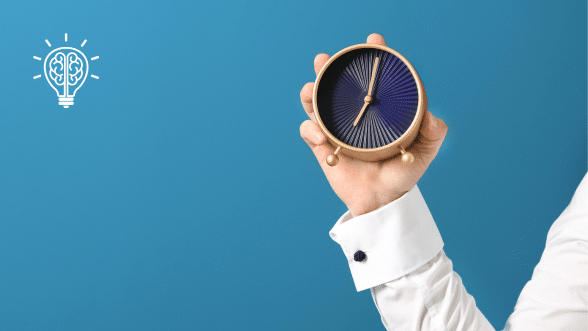
Receiving an ADHD diagnosis can be life-changing for a child or teen—and their parents. Understanding why they may have difficulty paying attention or staying still can help them to figure out new styles of learning. However, confirming the diagnosis can sometimes be hard, especially because symptoms of ADHD can present differently in those who identify as boys versus girls. Being able to recognize how ADHD presents in girls and those who identify as such makes it easier for families to get the information and resources needed to support their child and help them thrive.
How Does ADHD Present Differently?
Often, ADHD is more readily identified in boys because boys are perceived as more likely to struggle with maintaining self-control or exhibit hyperactive behaviors. On the other hand, girls tend to be less likely to exhibit this kind of behavior. Due to this, many female patients don’t receive a diagnosis until they reach adulthood and begin observing symptoms in their own school-age children.
Symptoms of ADHD typically emerge earlier in boys, as well. Girls often won’t present signs of ADHD until they approach adolescence rather than during childhood. Signs of ADHD in girls can include being more fidgety in class or being more talkative in general. Additionally, girls with ADHD tend to have more emotional reactions to events or stimuli. They can also be more distracted in class periods or moments of stillness, which teachers may call “daydreamy.”
Some additional symptoms to look for include:
- Becoming easily distracted or forgetful
- Crying more easily or frequently
- Interrupting others often
- Being disorganized or prone to messiness that seems excessive for their age group
- Having difficulty finishing tasks
- Being sensitive to sounds or textures, such as on clothing
- Appearing to not be listening
If you notice these signs in your child, and the signs are present at both school and at home, it’s important to discuss them with your healthcare provider. Undiagnosed ADHD can lead to an increased risk for depression and anxiety, as well as the potential for low self-esteem and eating disorders.
How Is ADHD Diagnosed?
Diagnosing ADHD often involves a medical exam and conversations with the child that allow a healthcare provider to assess their behavior. They may also administer some written or verbal tests for the child and ask the family to fill out surveys about at-home behaviors.
Typically, a diagnosis for ADHD requires children or teens to exhibit six or more symptoms of inattentiveness or hyperactivity and impulsivity. These symptoms are also judged based on whether they are present in more than one setting, such as both in school and at home.
How Is ADHD Treated in Girls?
Treatment for ADHD often focuses on a combination of medication and behavioral therapies. The use of medication may also depend on the age of the child, as it is generally not used in young children, with the focus being on therapy instead.
Medication for ADHD
Typically, stimulant-type medications are prescribed to treat ADHD, though non-stimulant medications will be used for those who have difficulty tolerating stimulants.
While treatments vary by age for safety reasons, they do not differ for safety reasons based on the gender of the child being treated. However, medication is less likely to be prescribed for girls because doctors are more likely to prescribe medication when the observed behaviors are on the more extreme end of the spectrum. Medication use in girls has been met with mixed results, with teachers stating that medications seem to have less of an effect on girl students. However, some of this could be gender bias, so more studies are needed.
Therapy and Coaching for ADHD
Luckily, behavioral therapy and coaching for executive functioning tend to be great treatments for girls who have ADHD because they’re less likely to struggle with self-control. Additionally, parent training can also be helpful for families because it teaches parents to help their child redirect negative behaviors or create more ways to focus. While there is no cure for ADHD, learning adaptive skills helps kids manage their symptoms.





